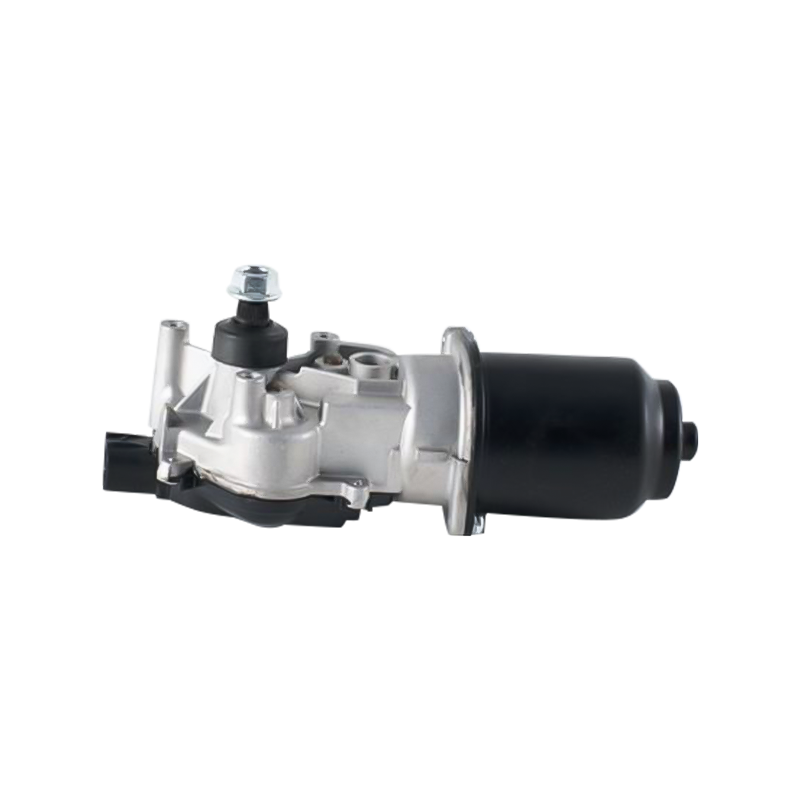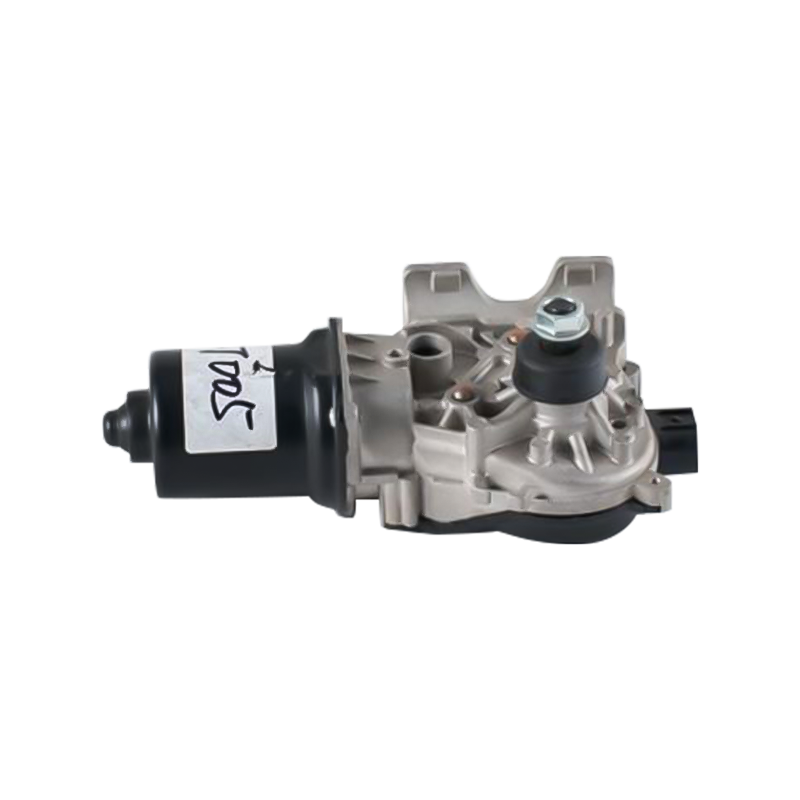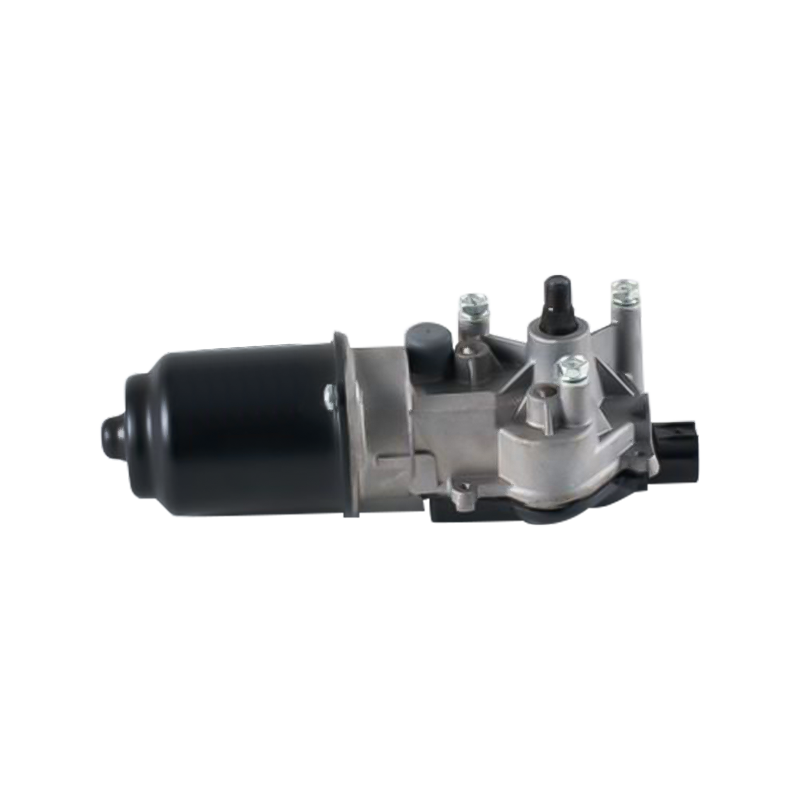Oil Pump Motors play a crucial role in transferring and circulating lubricating or hydraulic fluids in industrial, automotive, and mechanical systems. The viscosity of the oil being pumped significantly affects motor performance, efficiency, and longevity. Understanding how an Oil Pump Motor behaves under different oil viscosities is essential for engineers and maintenance personnel to ensure reliable operation, optimize energy consumption, and prevent mechanical or electrical failures.

Performance at Low Viscosity Oils
When operating with low viscosity oils, such as light lubricants or heated fluids, the motor experiences reduced mechanical resistance. The oil flows more easily through pump channels, requiring less torque to maintain the desired flow rate. In this scenario, the motor often operates efficiently with lower power consumption, and the load on bearings and seals is decreased. However, too low a viscosity may reduce the lubricating film within the motor and pump components, increasing wear over time. Proper selection of compatible oil and maintaining sufficient lubrication are critical to balancing efficiency and mechanical longevity.
Performance at Medium Viscosity Oils
Medium viscosity oils, commonly used in standard industrial or automotive applications, represent typical operating conditions for most Oil Pump Motors. At this range, the motor delivers suitable torque and maintains a stable flow rate. Efficiency is generally high, as the mechanical resistance matches the motor’s design specifications. Proper heat dissipation and load management ensure that the motor can operate continuously without overheating or excessive wear. This viscosity range allows for reliable and predictable performance, which is why it is often considered the ideal operating condition for most oil pumping systems.
Performance at High Viscosity Oils
High viscosity oils, such as heavy lubricants or cold-temperature fluids, impose significant mechanical resistance on the motor. The pump must overcome higher friction and thicker oil flow, requiring greater starting torque and sustained motor power. This increased load can cause higher electrical current draw, elevated operating temperatures, and potential stress on bearings, seals, and winding insulation. Prolonged operation under high viscosity conditions without proper motor sizing or control can accelerate wear, reduce efficiency, and shorten service life. To mitigate these effects, using pre-heated oil, selecting motors with higher torque capacity, or implementing variable frequency drives (VFDs) can help adapt to the load while maintaining stable operation.
Effects on Motor Lifespan and Reliability
Operating an Oil Pump Motor outside its suitable viscosity range affects both performance and reliability. Low viscosity oils may fail to provide adequate lubrication, while high viscosity oils can overburden the motor and pump components. Consistently monitoring operating parameters such as torque, current, temperature, and flow rate helps identify stress conditions and prevents premature failure. Correct motor selection based on expected oil viscosities, seasonal temperature variations, and application-specific requirements ensures long-term reliability and reduces maintenance costs.
Practical Recommendations
To optimize motor performance across varying oil viscosities, engineers should consider the following: selecting motors with torque characteristics suitable for the full viscosity range, monitoring oil temperature to adjust viscosity, and employing control systems such as VFDs to regulate speed and torque according to load requirements. Regular maintenance, including lubrication checks and inspection of seals and bearings, further enhances operational stability and prevents efficiency loss.
The performance of an Oil Pump Motor is closely tied to the viscosity of the oil being pumped. Low viscosity oils offer ease of flow but may risk inadequate lubrication, medium viscosity oils provide suitable operating conditions, and high viscosity oils impose significant load and stress on the motor. By understanding these effects and implementing proper design, control, and maintenance strategies, operators can ensure efficient, reliable, and long-lasting motor performance across a wide range of oil viscosities.

 English
English Türk
Türk 中文简体
中文简体






